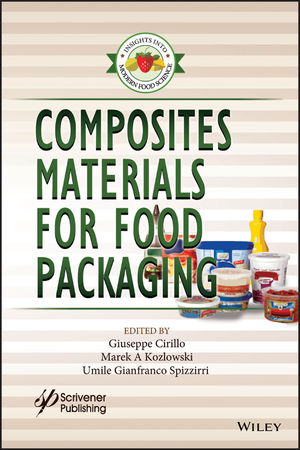How Packaging Offers Beyond-the-Food Opportunities

Our lives are fundamentally changing, so don’t you think our packaging should too? 
There’s no question about it—social media and the age of hyper connectivity have desensitized our outlook on advertising. I, for one, can’t remember the last time I purposely clicked on an ad while scrolling through Facebook or didn’t frantically click the “Skip Ad” pop-up on YouTube.
Whether foods are in colorful containers or deliberately clear packaging, brands are actively advertising and doing their best to catch consumers’ attention. With that in mind, I realize how valuable those moments in a grocery store aisle are when a brand is trying to communicate: “I am all natural,” “Our brand is made with the highest quality ingredients” or even “Take me for lunch, I am ready to go!”
Packaging and urbanization 2.0
According to the Wall Street Journal, cities are surpassing population growth over suburbs for the first time in 20 years. Americans are choosing urban environments in an effort to shorten commutes while being within walking distance of amenities like parks, grocery stores and restaurants.
In response to this trend, grocery stores are rolling out smaller, more “city-friendly” store concepts that have fewer SKUs, and offer a variety of ready-made meals and prepared food sections that target the “on-the-go” eater. In fact, a report produced by Chicago-based Information Resources, Inc. titled “How America Eats: Capturing Growth with Food on the Run” mentioned that over 20% of Americans are classified as “opportunist” eaters. These consumers don’t eat three meals a day, but rather eat when they are hungry and when it’s most convenient.
While packaging can’t affect when we are hungry, it is an important aspect to delivering convenience. One solution is lighter weight packaging that requires fewer production materials. This trend has propelled flexible packaging into markets predominately using only glass or metal canisters. Some examples include bag-in-box packaging used for wines and other beverages; stand-up pouches for a range of items like juices; and aseptic cartons for anything from broth to soups, sauces and even energy drinks.
In addition to promoting convenience, these applications help differentiate products on the shelf from glass and metal counterparts, and offer a refreshing new look to underperforming categories. The plastic manufacturing industry has developed a variety of innovative plastic resins that address this trend, delivering lighter weight packages while maintaining shelf life.
Frozen dinners 2.0—a bright future for frozen foods
The days where frozen food options only included TV dinners, pizza and ice cream are long gone. With dual-income families on the rise and the price of dining out increasing, consumers want to eat healthier right-sized portions without all the fuss. Add in the fact that virtually every age group is more adventurous with their food, the frozen food aisle is now gleaming with new options that bring the restaurant experience home. Consumers can chose from a variety of cultural cuisines that are perfectly portioned and easy to prepare. They even trick us into thinking we’re cooking, when in fact all we are doing is prepping at a fraction of the cost.
Packaging solutions like ELITE enhanced polyethylene resins enable stiffer flexible pouches that are less likely to slouch on store shelves and also provide fully hermetic seals to protect from freezer burn. Newer technologies like matte coatings aid in reversing the negative perception that frozen food lacks in nutrition, since the matte finish typically resembles more of a natural feel. Combining these enhancements and consumers’ renewed focus to reduce food waste and eat healthier is the future of frozen foods.
So, the next time you’re in the refrigerated and frozen foods aisles, I challenge you to think beyond the food you’re buying and take a look at all the great features packaging has to offer. Packaging isn’t as simple as you may initially think. In fact, it offers consumers and brand owners a slew of benefits, like portability and convenience. While many just think about what they’ll make for dinner, industry professionals are being challenged to find new ways to “pack in the future.”
Looking for a reprint of this article?
From high-res PDFs to custom plaques, order your copy today!








